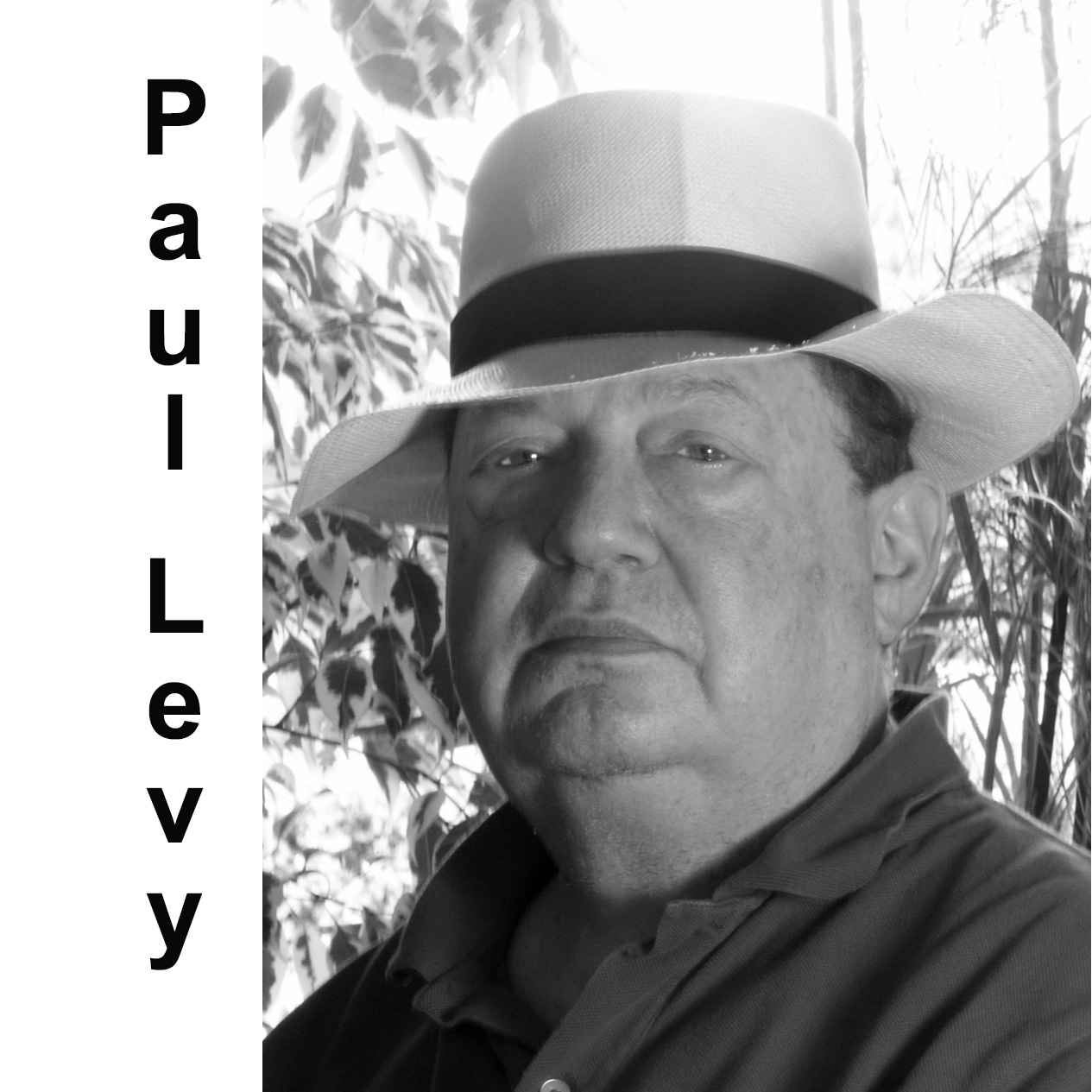Broiler fowl reared in atrocious conditions are responsible for countless cases of gastro-intestinal illness and death, says Paul R. Josephson
Chicken: A History from Farmyard to Factory
Paul R. Josephson
Polity, pp. 252, £20
It wasn’t Henri IV’s Sunday poule au pot or Herbert Hoover’s less sexy-sounding chicken in every pot, but even in the mid-20th century chicken was a rare treat, not a cheap meal. What has happened to transform the noble Gallus gallus domesticus into what Paul R. Josephson startlingly calls ‘a genetically formed meat machine’? Chicken is a serious subject, even when it’s not the chlorine-washed kind the US President wants to foist on us.
I can remember buying a distressingly uneviscerated chicken in a Co-op in Cornwall in the late 1960s; and even ordinary supermarket fowl then came with neck and giblets neatly packaged inside them. You can still buy tubs of chicken livers, but what has become of all those gizzards? Mind you, we know where the feet go — the Chinese love them.
Some of you will have noticed that chicken (apart from the expensive poulet de Bresse) doesn’t taste as it used to, and is less firm in texture than before. That’s because not even 1 per cent are now ‘free range’ (spending at least half their life uncaged in the open air). The demand for KFC (as opposed to the genuine fried chicken that was the family staple of my own Kentucky childhood) is now so great that France, according to Josephson, is ‘the fourth largest producer and consumer of chicken in the world’, and Saudis, South Africans, Spaniards and Brits are net importers, while ‘Americans consumed in one day 1.3 billion chicken wings during the broadcast of the 2018 Superbowl alone’.
De-beaking is just one of the steps employed in turning chickens into drumstick-forming automata
What has happened is that this feathered relative of the dinosaurs has undergone a kind of forced evolution into the ‘broiler chicken’, engineered to be the cheapest meat of all, and ready for slaughter at four to seven weeks. These ‘benefits’ result in the birds living their brief lives in cages, at densities that make their species-typical behaviour impossible.
Chickens — long since domesticated from jungle fowl — naturally observe the familiar pecking order of the farmyard that makes for harmony; they discourage parasites by taking dust-baths; they preen; they scratch around for insects; they make the sounds we all learn to imitate in the nursery; they dislike rain and fear foxes, so are easy to coax back into their coops at night.
To break these patterns of behaviour they are now frequently de-beaked — but this is just one of the steps employed in turning them into drumstick-forming automata. Most broilers are raised in their thousands in sheds, employing concentrated animal feed operations (CAFOs). They are made to grow so rapidly with the use of antibiotics that their legs can’t support their super-meaty breasts. Apart from the cruelty, Josephson reminds us that packing birds so closely, and dealing with their detritus, has a dreadful effect on the environment:
“There are guts, feathers and piles — millions — of dead animals, produced by poorly paid contract workers at massive factory farms. On top of this, the broiler presents a series of health and safety risks, including new vectors for bacterial diseases and avian influenza.
We are now highly conscious of the connection between ‘wet markets’ and Covid-19; but in CAFOs, animals do not deposit their manure directly on the land. ‘Just remember,’ writes Jefferson, ‘there are allowable levels of faecal matter in your food, no shit!’
‘The agro-industrial complex presents dangers to us all,’ he warns. Not just to farmers and agricultural workers but to consumers everywhere. We are lulled into thinking our food is cheap and safe, but it’s cheap only because we do not cost in what economists term the externalities, including ‘fish kills, polluted waterways and climate change’:
“And it is ‘safe’ because we are inured to thinking that a few hundred thousand gastro-intestinal illnesses and deaths annually from food processing around the globe are not significant numbers.
Josephson angrily invokes Upton Sinclair’s The Jungle (1906) and the polemical novels of George Orwell to highlight how disgusting our current modes of food production are. But it’s simple, really: we have to learn to live within our means, and (this includes vegan and vegetarian readers) to pay the true cost of our food. ‘Basically,’ this wise and scrupulously referenced book insists, ‘we are asking how to produce nutritious food, and how to treat animals with dignity before they die to serve our appetites.’
WRITTEN BYPaul Levy
TOPICS IN THIS ARTICLEBook ReviewsChicken FarmsBroiler FowlDiseaseFast Food
